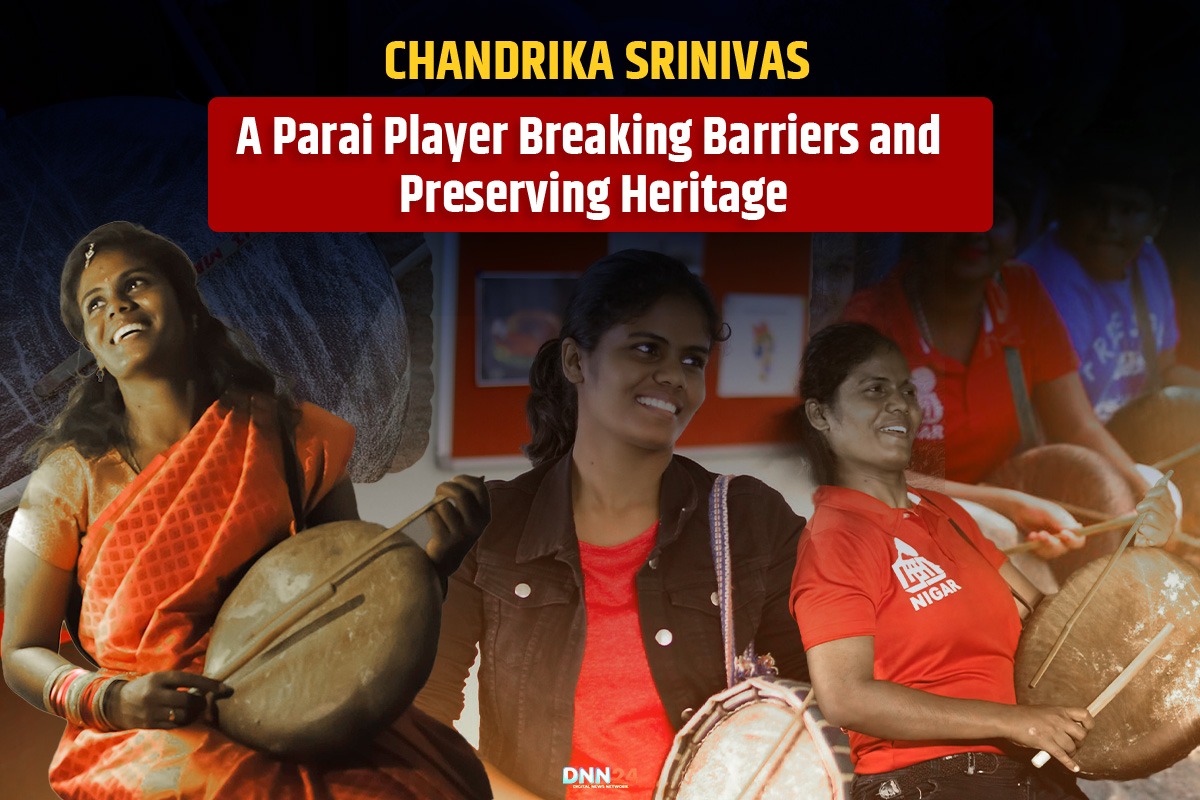Chandrika Srinivas’s story is one of passion, perseverance, and the power of cultural revival. Inspired by the captivating sound of the parai, an ancient percussion instrument from Tamil Nadu, she embarked on a journey to master and promote this traditional art form. Through her commitment Chandrika initiated a social reform to modify gender-based discrimination that protects traditional Tamil heritages. This article explores her inspiring journey, the challenges she faced, and her vision for the future of the parai.
Spark of Inspiration: Discovering the Parai
Chandrika Srinivas’s artistic journey began ten years ago through her involvement in street plays and theatre. The performer role opened her eyes to the significance of attracting audiences. A mentor introduced her to the parai, an instrument known for its loud and captivating sound, perfectly suited for drawing crowds during performances. Chandrika Srinivas described the parai’s sound as “attractive and quite loud,” which sparked her interest in exploring its cultural significance.
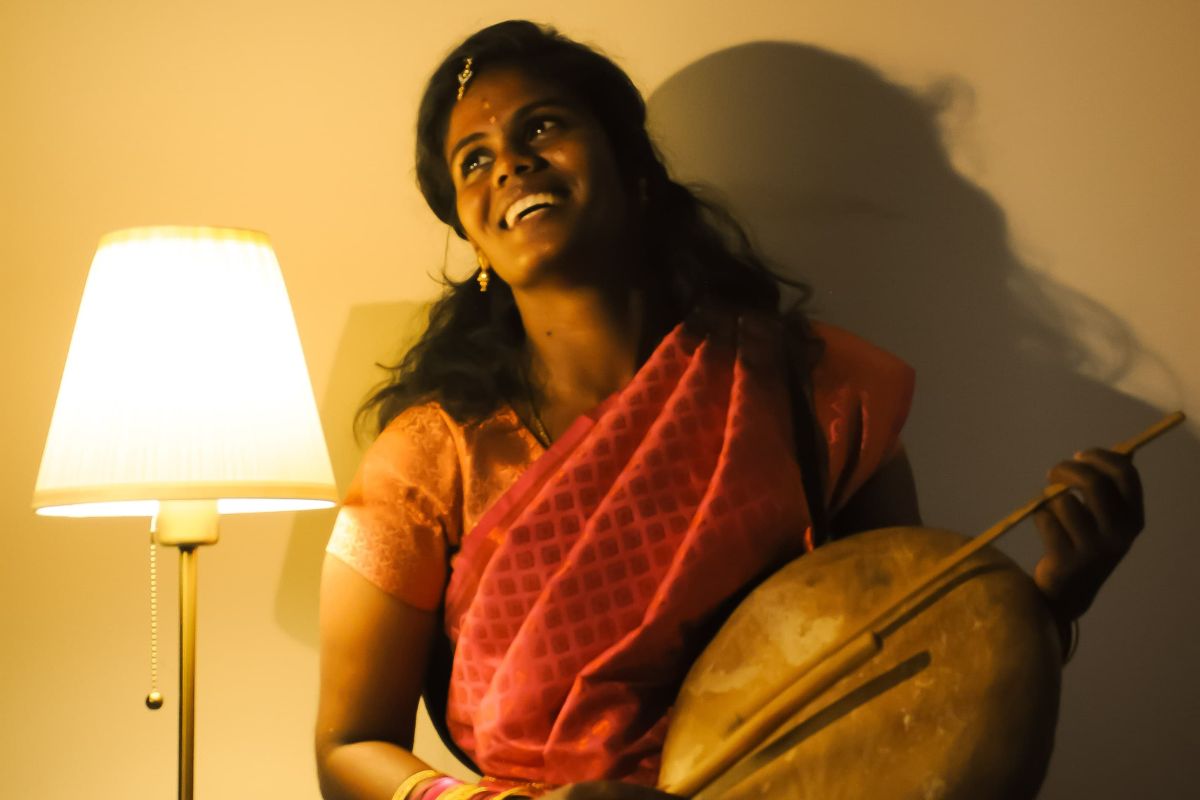
This encounter marked the beginning of her deep connection with the parai. Chandrika Srinivas became inspired to understand the historical origins alongside the cultural place of the instrument among Tamil people. The parai, with its unique ability to command attention, became the instrument of choice for Chandrika, setting her on a path to revive and celebrate this ancient art form.
Balancing Academia and Art: A PhD Scholar’s Passion
While pursuing her PhD in Organic Chemistry at Bharathiar University, Chandrika Srinivas found a way to balance her academic pursuits with her passion for the parai. She spent twelve months of her time learning the parai before starting to instruct novices. Her dedication to teaching parai drumming created Nigar Kalaikoodam together with other members in Coimbatore. Every Sunday she runs classes for students from eight years old at her institution.
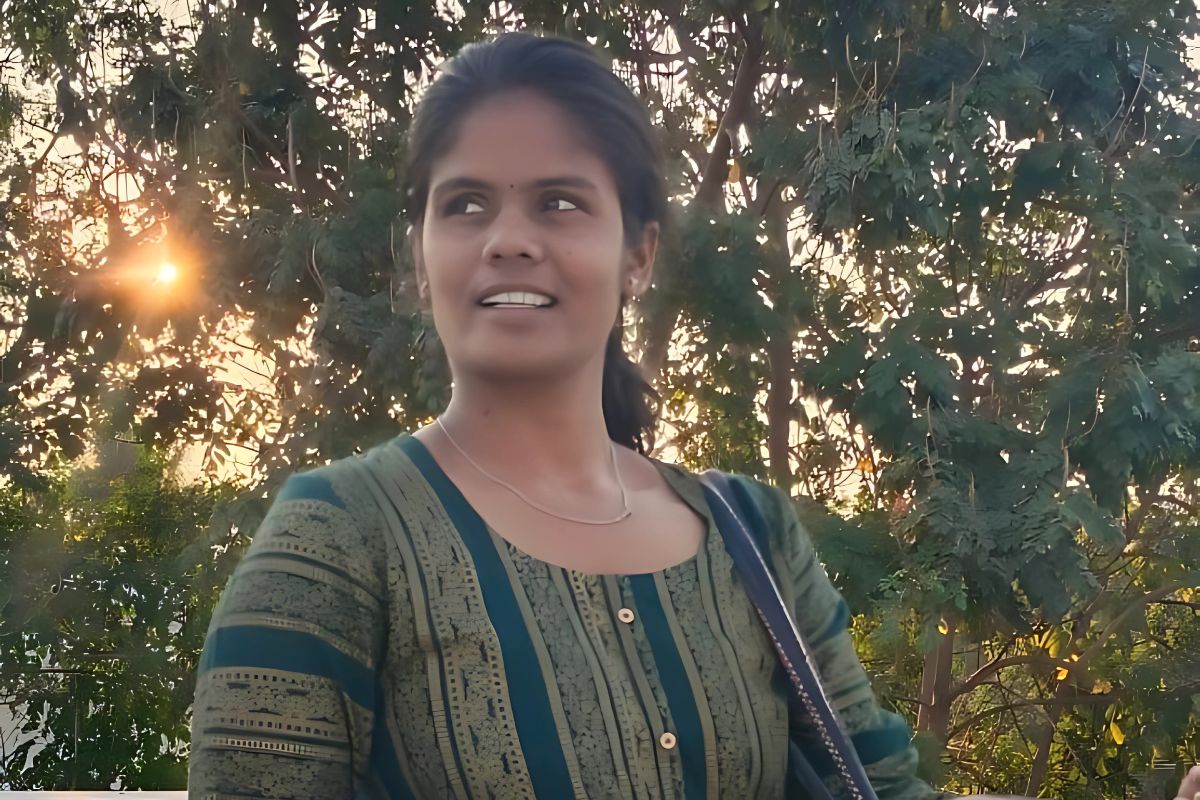
Chandrika Srinivas successfully handles her academic work alongside her artistic activities which shows her strong focus on her dual activities. Even during the pandemic, Chandrika adapted by offering online classes to keep the tradition alive, ensuring that her students could continue learning and practicing the parai from the safety of their homes. Through her dedicated commitment she proves her deep love and resourcefulness for preserving art even during difficult times.
Chandrika Srinivas Challenging Societal Perceptions: Dismantling the Stigma
Chandrika Srinivas’s inspiration also stemmed from a desire to challenge societal perceptions surrounding the parai. Throughout history the instrument served ceremonial purposes while society eventually viewed it negatively when it mainly performed during death-related rituals. Because of this connection people mostly understood the parai as an instrument for mourning which resulted in its decline. Chandrika’s mission is not only to revive the parai but also to dismantle the stigma attached to it.
Restoring the cultural value of the parai will enable preservation of this centuries-old art form which spans future time periods. By showcasing the parai in various performances and educational settings, she aims to change public perception and highlight its versatility and cultural value beyond its association with funerals. Her efforts reflect a broader movement among artists striving to break caste and social barriers linked to traditional instruments like the parai.
Genesis of Nigar Kalaikoodam: A Hub for Cultural Revival
Inspired by her mentor and driven by a desire to share her knowledge, Chandrika Srinivas co-founded Nigar Kalaikoodam in Coimbatore. This institution serves as a hub for teaching and promoting the parai, particularly among young learners. The educator leads classes that seek to educate people about the instrument while re-establishing its cultural position in Tamil traditions. The institution stands beyond educational boundaries since it functions as a cultural revival project that honors Tamil arts.
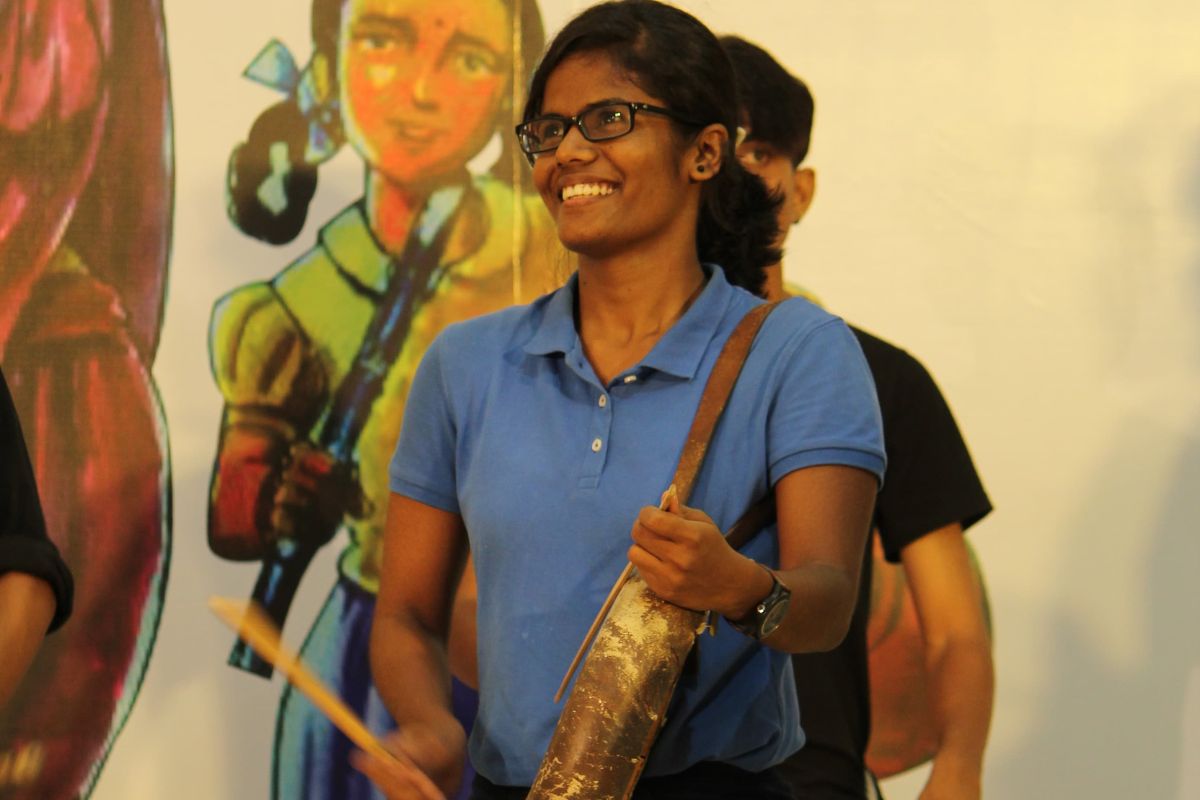
Chandrika Srinivas joined forces with Mr. Srinivas G and friend Mr. Suresh Krishnan and several devoted individuals to build this space that marries traditional cultural mission with modern development. By providing structured classes and performance opportunities, Nigar Kalaikoodam is ensuring that the parai continues to thrive and evolve for future generations. The organization remains essential for learning Tamil heritage through its inclusive practices which welcome all learners focused on its preservation.
Overcoming Challenges: Chandrika Srinivas: A Woman in a Male-Dominated Field
Learning the parai presented numerous challenges for Chandrika Srinivas, both social and personal in nature. Historically, the parai has been deeply associated with marginalized communities and was predominantly considered a male domain. When she began her learning journey, she encountered considerable resistance from those who believed women should not play the parai. People saw her dedication to the parai as not following cultural traditions while doubts emerged about her capacity to handle its physical requirements. Despite these societal obstacles, she received crucial support from her mother, which proved instrumental in starting and continuing her journey with the parai. With their backing she gained the endurance to fight against traditional norms.
Intersection of Science and Art: Chemistry and Parai Playing
Chandrika Srinivas’s background in Chemistry creates an interesting intersection with her artistic pursuit of playing the parai, demonstrating how seemingly disparate fields can complement each other in unexpected ways. Science demands precision, disciplined practice, and a deep understanding of patterns—qualities that are equally essential in music, particularly when mastering the complex rhythms of the parai. In chemistry, she studies how molecules interact and how reactions occur in structured, rhythmic patterns, which parallels the rhythmic structure and precise timing required in parai playing. Consistent practice and patient learning along with observational abilities are necessary factors in these related disciplines. Chandrika Srinivas scientific perspective on life enables a deep comprehension of the instrument thanks to her varied talents.
Historical Significance of the Parai: A Symbol of Tamil Culture
The parai holds profound historical and cultural significance in Tamil society that extends far beyond its common association with ritualistic practices and festivals. As one of the oldest percussion instruments in Tamil culture, dating back more than 2,000 years, the parai has served as a powerful symbol of communication, resistance, and cultural identity throughout generations. Historically, the instrument played a crucial role in public communication, with parai drummers used to convey important messages such as royal decrees, declarations of war, or warnings about imminent dangers.
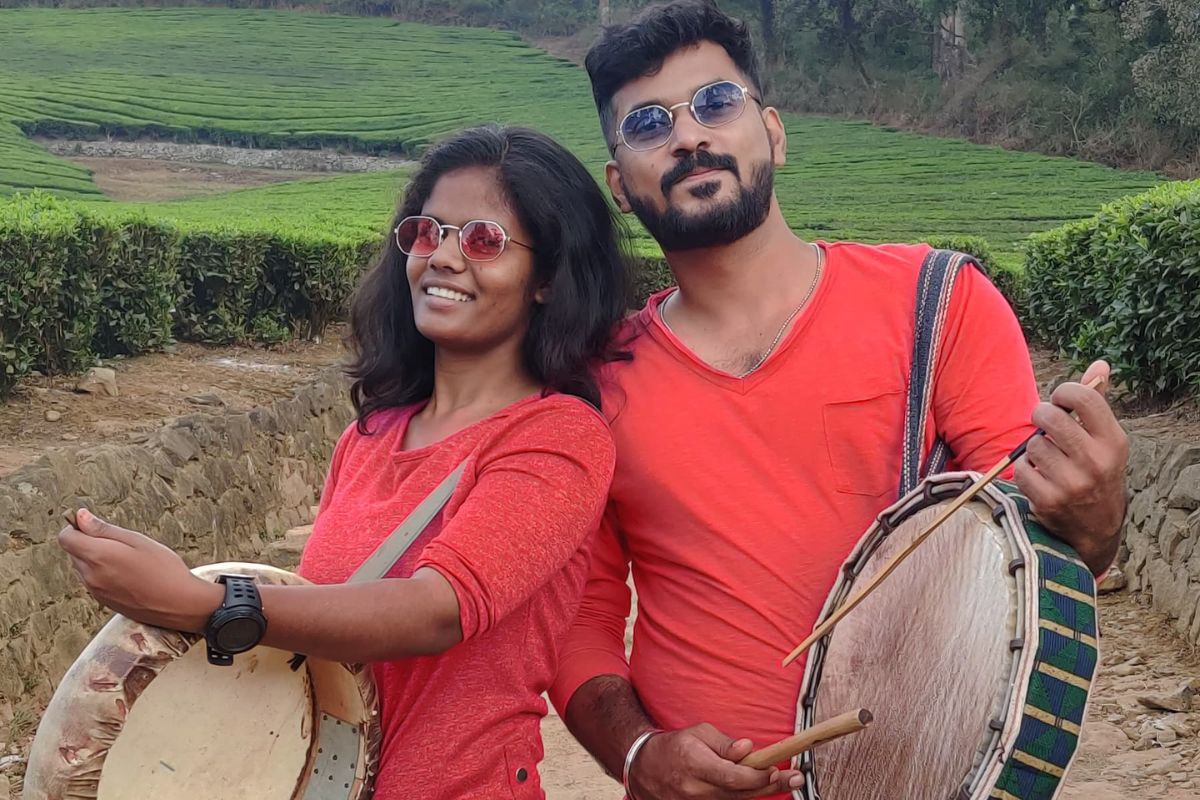
In recent times, however, a powerful movement has emerged to reclaim and celebrate the parai as a symbol of Tamil pride and cultural heritage. By playing the parai, the artist not only honors this rich history but also contributes to its revival as a respected art form that rightfully belongs to everyone in Tamil society, regardless of caste or gender.
Evolving Perception of the Parai: Breaking Stereotypes
The interpretation of the parai has shifted dramatically throughout the past few years throughout Tamil society as well as outside communities. Before society saw the parai instrument as a ritual tool used only during funerals the instrument now stands as both cultural heritage and artistic self-expression and resistance against oppression. The parai instrument has established itself more prominently in the mainstream musical landscape through its appearance in both schools and theaters across India.
Many artists together with cultural activists made an ongoing effort to eliminate traditional prejudices toward the instrument by showing its historic value along with its difficult rhythmic skills. The continuous evolution of the parai instrument indicates a rising love for Tamil cultural legacy which leads a crucial cultural shift toward greater inclusivity since musical practitioners belong to anyone and include all sex and caste groups.
Future Vision for Nigar Kalaikoodam: Expanding the Reach
The founder of Nigar Kalaikoodam envisions the organization will develop into an expanded platform that teaches parai along with traditional Tamil arts while starting a cultural movement aimed at broad social audience members. Multiple strategic actions form part of an extensive plan to maintain the value and importance of traditional arts throughout society. Building on their current growth targets the organization will create virtual classes about traditional arts and structured online training programs to enable learners from any location worldwide to study these disciplines without location restrictions.
Their mission includes delivering exclusive programs for women and providing free educational opportunities to disadvantaged students as part of their dedication to empower underserved communities facing historic cultural inequality. The founder aims to develop Nigar Kalaikoodam as an innovative cultural center where traditional wisdom merges with modern approaches in order to preserve the parai into an active force for inspiring upcoming generations.
Conclusion
Chandrika Srinivas’s journey as a parai player is a testament to the power of passion, perseverance, and cultural pride. Through her lifelong dedication to learn and advocate for this traditional instrument she has eliminated boundaries as she motivates people to value their traditional heritage. Through Nigar Kalaikoodam, she is creating a lasting legacy, ensuring that the parai continues to thrive and evolve for generations to come. Through her story Chandrika demonstrates how artistic expression serves as a driving force to effect social transformations while it remains crucial to sustain cultural heritage for society’s diversity.
Also Read: Dhananjay Kumar: Championing Jharkhand’s Sohrai Art
You can connect with DNN24 on Facebook, Twitter, and Instagram and subscribe to our YouTube channel.

